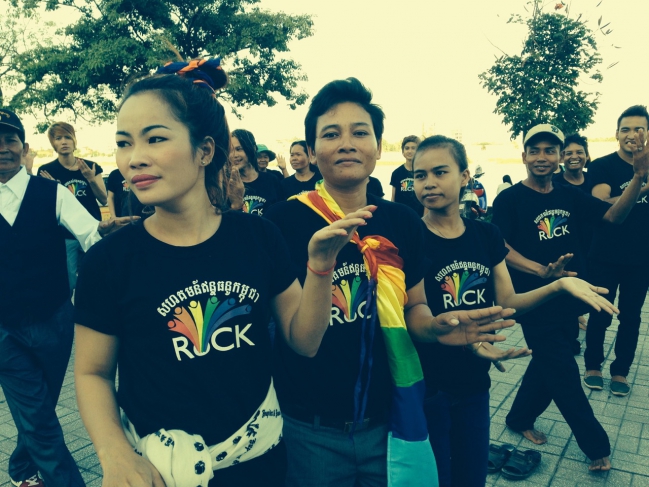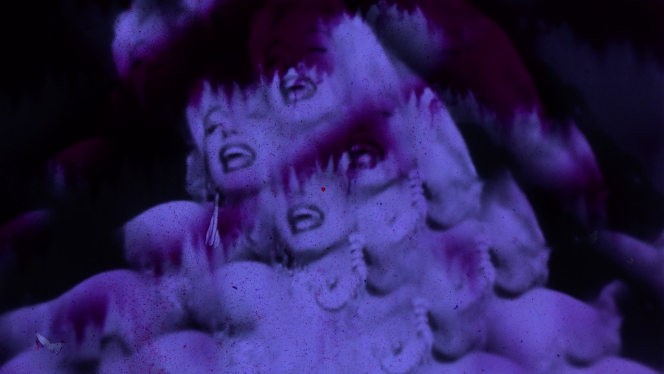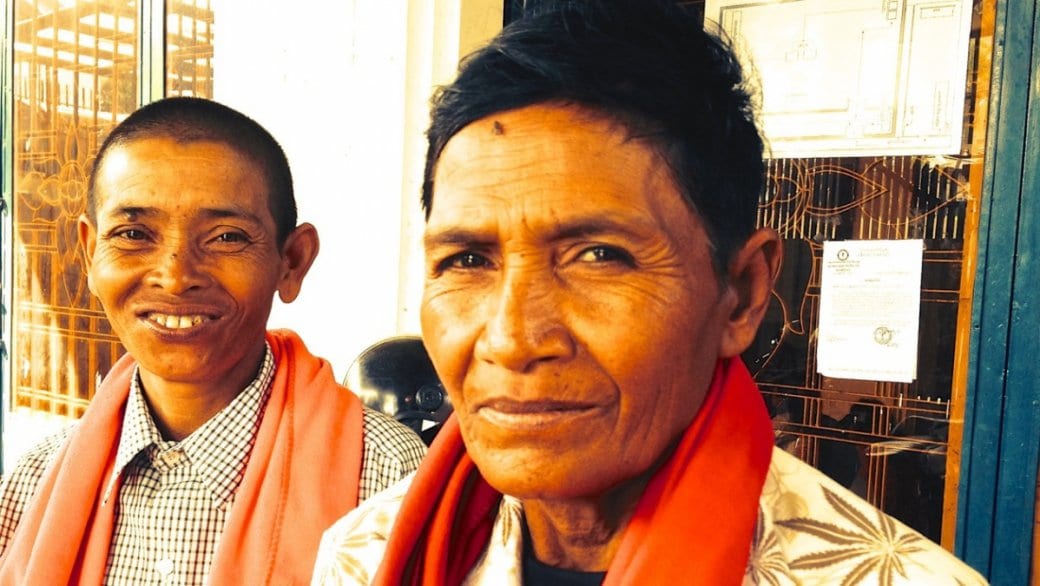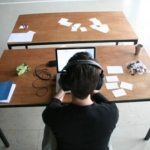Founded in 1996, Regina’s Queer City Cinema serves up the year’s best Canadian and international LGBT films in a compact five-day format. While the festival offers installations, performances and feature-length works, it’s perhaps best known for showcasing cutting edge queer shorts.
While there’s an economic factor at play, (short films normally demand lower screening fees than features) for festival director Garry Varro, a wide-ranging shorts program is also a question of how the festival serves its public.
“Screening shorts allows for a greater breadth of identities to be represented on screen,” he says. “It’s a great way to reflect the diversity of the LGBTQ community under the same umbrella.”
While shorts are often dismissed as a starting point for emerging filmmakers on their way to scoring a feature deal, queer artists have a particularly affinity for the form. Cheaper to make and easier to present at festivals or in online environments, shorts have long been a critical way for our communities to tell their stories and engage in direct activism.
“As the pioneering filmmaker Barbara Hammer has said, radical content deserves radical form,” Varro says. “In a time period where gay stories are becoming more mainstream and filmmakers are able to access funds and equipment to make bigger projects, I would say short film and video can be seen as radical forms for their ability to activate the audience.”
For this year’s Queer City Cinema, Daily Xtra scoured the calendar for festival’s best bite-sized works.
Family is Like Skin – Lesbians in Cambodia
Paula Stromberg’s documentary offers a rare look inside the lives of queer women in Cambodia. Shot entirely on a smartphone, it explores the way women in this region find community, navigate relationships and come out to their families. The film follows activist meetings and discussions and offers unexpected portraits of women who’ve found both broad social acceptance and deep, long-term romantic bonds.

Experimental film darling Daniel MacIntyre’s latest work continues his fascination with found footage and hand processing techniques. Combining clips from numerous classic works, he reprints the images on 16mm film, then hand-dyes and paints over them, creating a dream-like, swirling quality. Based on a failed relationship he had, Famous Diamonds offers a beautiful meditation on the strange moment of questioning if you’re really that into the person you’re involved with.

Collaborative duo Sonya Reynolds and Lauren Hortie are obsessed with unearthing lost aspects of queer history. Their 2014 doc, What Ever Happened To Jackie Shane? looked at the life of the largely forgotten 1960s queer club performer. Using a similar combination of shadow puppets, overhead projector animation and archival images, the duo’s latest tells the story of a strange symbiotic relationship between Chinese men and queer women at a 1950s dive bar in downtown Toronto.

The latest work from Vancouver’s upstart collective, Love Intersections, Regalia: Pride in Two Spirits looks at a young First Nations man and his process of coming out. Indigenous film, particularly two-spirit narratives, often take a darker tone as the protagonist navigates the unique challenges of coming to terms with their sexuality in a colonized culture. But Regalia offers something different; an unexpectedly optimistic story of a person who wholeheartedly loves himself and is ready to take on the world.

Not much is definitively known about Sal Mineo’s sex life. But James Dean’s Rebel Without a Cause co-star was rumoured to have had multiple flings with men, as well as ongoing relationships with a few women. Chance Taylor’s found footage uses clips from Rebel, and Mineo’s other films, to create a sort of abstract reminiscence on the affairs he may have had. What may be most striking though is the incredible, if unintentional, homoeroticism Mineo brought to every role he played. Placed next to each other, his scenes reveal why he became a de facto queer icon in a time when the mere mention of homosexuality was barred from the screen.

Much of queer history has been unintentionally lost or wilfully erased, which makes the process of uncovering it a special challenge. For Métis queers, there’s an additional level of complexity because of how little true representation exists. With Wake Up!, Toronto-based artist Jessie Short literally takes things into her own hands as she transforms herself before our eyes into Métis icon Louis Riel. The deceptively simple meditation on cultural and gender identity offers an unexpected opportunity for us to rethink who we claim as heroes and why.

Queer City Cinema
Sept 20-24, 2016
www.queercitycinema.ca


 Why you can trust Xtra
Why you can trust Xtra


